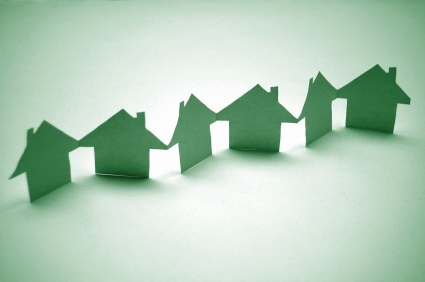
With all the talk since January of inventive incentives to seemingly stimulate everything from hair growth to employment, never mind the pin-striped panhandlers on Wall Street (don’t even get me started!), it’s been interesting to watch the recent evolution of the environmental movement. From a tree-dwelling band of radical long-hairs with an agenda but little else, the cause has grown to encompass nearly every segment of our consumer-centric society. To paraphrase Chickenman, “It’s Everywhere!”
From Dr. Bronner’s soaps (one of the true originals) to the Toyota Prius, there’s been a sea change in perceptions of the impact our daily activities have on the planet. Few consumer products have escaped the scrutiny and benefit of an eco-makeover, with some being truly re-made, while others have received the marketing equivalent of a botox injection- also known as ‘Green-washing‘.
Being green was once a tough sell due to the perception that it was ‘difficult’, and expensive. As green products and processes have slipped into the mainstream, that position has gradually become harder to defend; especially as the businesses who once protested have come to realize the economic benefits of waste prevention, thoughtful materials utilization, and positive PR. Green has become a critical component of the consumer psyche, which makes it essential for business and government to recognize and support efforts to provide products that fill the need.
Housing, being one of the largest financial and environmental purchase decisions most of us make, has the potential for dramatic impact on both fronts. Of course that’s why incentives for green construction have become high profile bartering chips in the latest round of congressional negotiations over economic stimulus. Combined with a growing demand for higher efficiency homes, it looks like we may be on the cusp of a new paradigm in the construction arena.
Environmental Standards have already been developed for both commercial and residential construction. What many builders have yet to absorb is that achieving the residential standard does not have to be an exhaustive exercise. Using an escalating scale, builders can choose to participate at any of the 4 levels, and can expect to reap the rewards accordingly. Which is where the consumer comes in: Green is on the list of criteria for a growing number of homebuyers.
This is where the stimulus portion of Green really gets traction: the numbers indicate that green homes actually sell at a premium, while costing less to own, with little or no significant upfront expense differential from traditional construction methods.
After all this time, it looks like Kermit got it wrong; It’s Easy Being Green!

April 20, 2009
Speaking of being Green, Costco has some great sales on a couple versions of the low wattage “green” style light bulbs.
I picked up a couple and you can’t realyl tell the difference with the Flood light type.
Cody